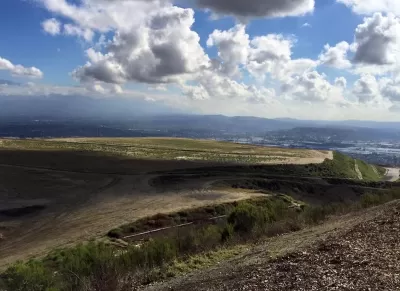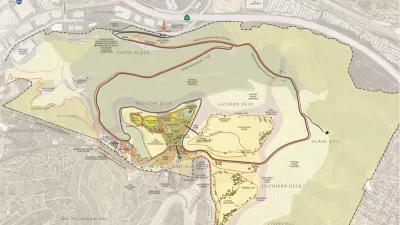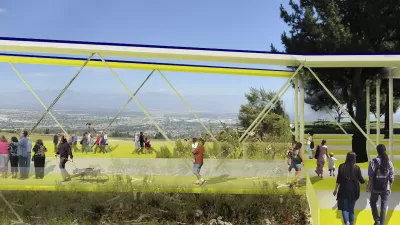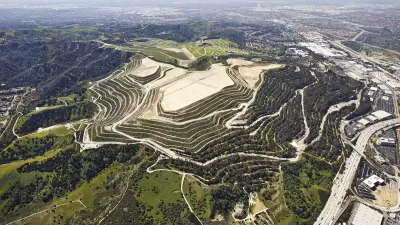The grant will help to convert a 142-acre site, a portion of the former Puente Hills Landfill, into Los Angeles County's first new regional park in over 30 years.

The Wildlife Conservation Board of California has announced a significant funding initiative, with nearly $120 million in grants allocated to 43 habitat conservation and restoration projects across the state. Specifically, $12.5 million is dedicated to supporting the conversion of 142 acres of the former Puente Hills Landfill into a regional park. This project, spearheaded by the Los Angeles County Department of Parks and Recreation, will transform the once vast landfill into Los Angeles County's first new regional park in three decades.
The Puente Hills Landfill, once the second-largest landfill in the United States, operated for nearly 60 years and accumulated approximately 150 million tons of trash. Before becoming a landfill, the site was home to diverse ecological systems, including oak-woodland, coastal sage scrub, and chaparral habitats. The restoration and regeneration efforts will focus on reestablishing native plant communities to address habitat degradation, biodiversity loss, and disrupted habitat connectivity, while also providing much-needed accessible open space for surrounding communities in the San Gabriel Valley.
The new Puente Hills Regional Park is envisioned as a place for nature, wildlife, and community healing. It reflects a long-term vision and extensive community engagement process, promising to offer native landscapes and scenic views to millions of residents in L.A. County and beyond. This initiative aligns with Governor Gavin Newsom's goal of conserving 30 percent of California’s lands and coastal waters by 2030, highlighting the state's commitment to environmental restoration and public recreational spaces.
FULL STORY: Puente Hills Landfill site receives restoration grant

Trump Administration Could Effectively End Housing Voucher Program
Federal officials are eyeing major cuts to the Section 8 program that helps millions of low-income households pay rent.

Planetizen Federal Action Tracker
A weekly monitor of how Trump’s orders and actions are impacting planners and planning in America.

Ken Jennings Launches Transit Web Series
The Jeopardy champ wants you to ride public transit.

New Mexico Aging Department Commits to Helping Seniors Age ‘In Place’ and ‘Autonomously’ in New Draft Plan
As New Mexico’s population of seniors continues to grow, the state’s aging department is proposing expanded initiatives to help seniors maintain their autonomy while also supporting family caregivers.

USDOT Waters Down Self-Driving Car Regulations
The agency is reducing reporting requirements for autonomous vehicles and cars with self-driving features, prompting concern among safety advocates who say transparency is essential to the safe deployment of AV technology.

‘Minnesota Nice’ Isn’t so Nice When You Can’t Find a Place to Live
The Economic Development and Housing Challenge Program can help address the scourge of homelessness among Indigenous people.
Urban Design for Planners 1: Software Tools
This six-course series explores essential urban design concepts using open source software and equips planners with the tools they need to participate fully in the urban design process.
Planning for Universal Design
Learn the tools for implementing Universal Design in planning regulations.
Heyer Gruel & Associates PA
Ada County Highway District
Institute for Housing and Urban Development Studies (IHS)
City of Grandview
Harvard GSD Executive Education
Toledo-Lucas County Plan Commissions
Salt Lake City
NYU Wagner Graduate School of Public Service





























